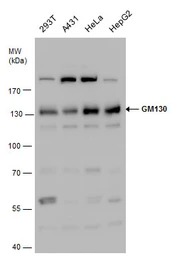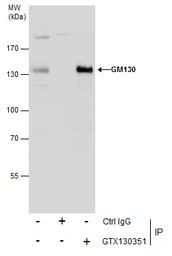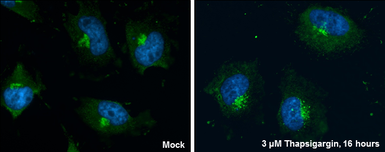GM130 antibody
Cat. No. GTX130351
Cat. No. GTX130351
-
HostRabbit
-
ClonalityPolyclonal
-
IsotypeIgG
-
ApplicationsWB ICC/IF IP
-
ReactivityHuman


